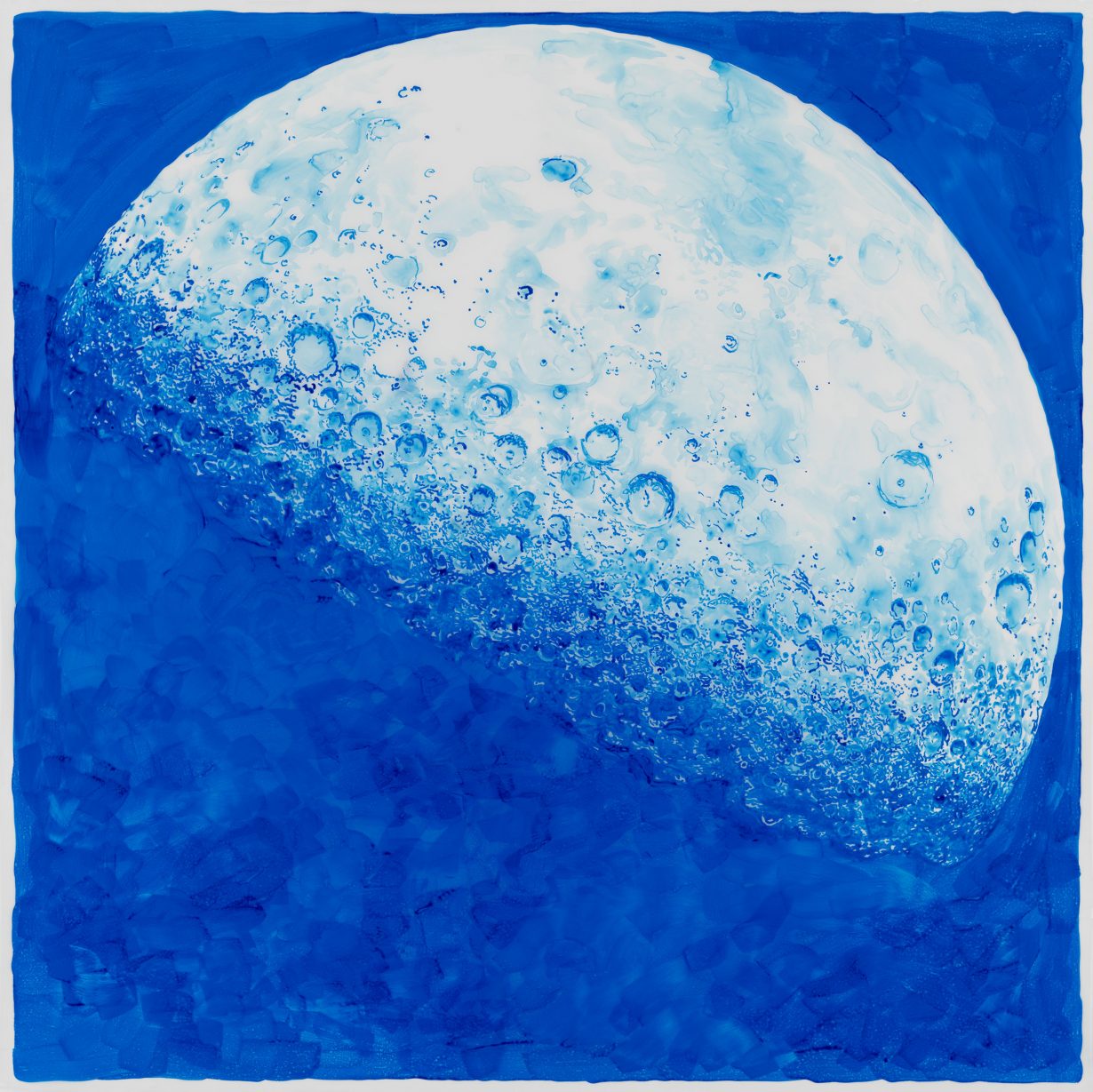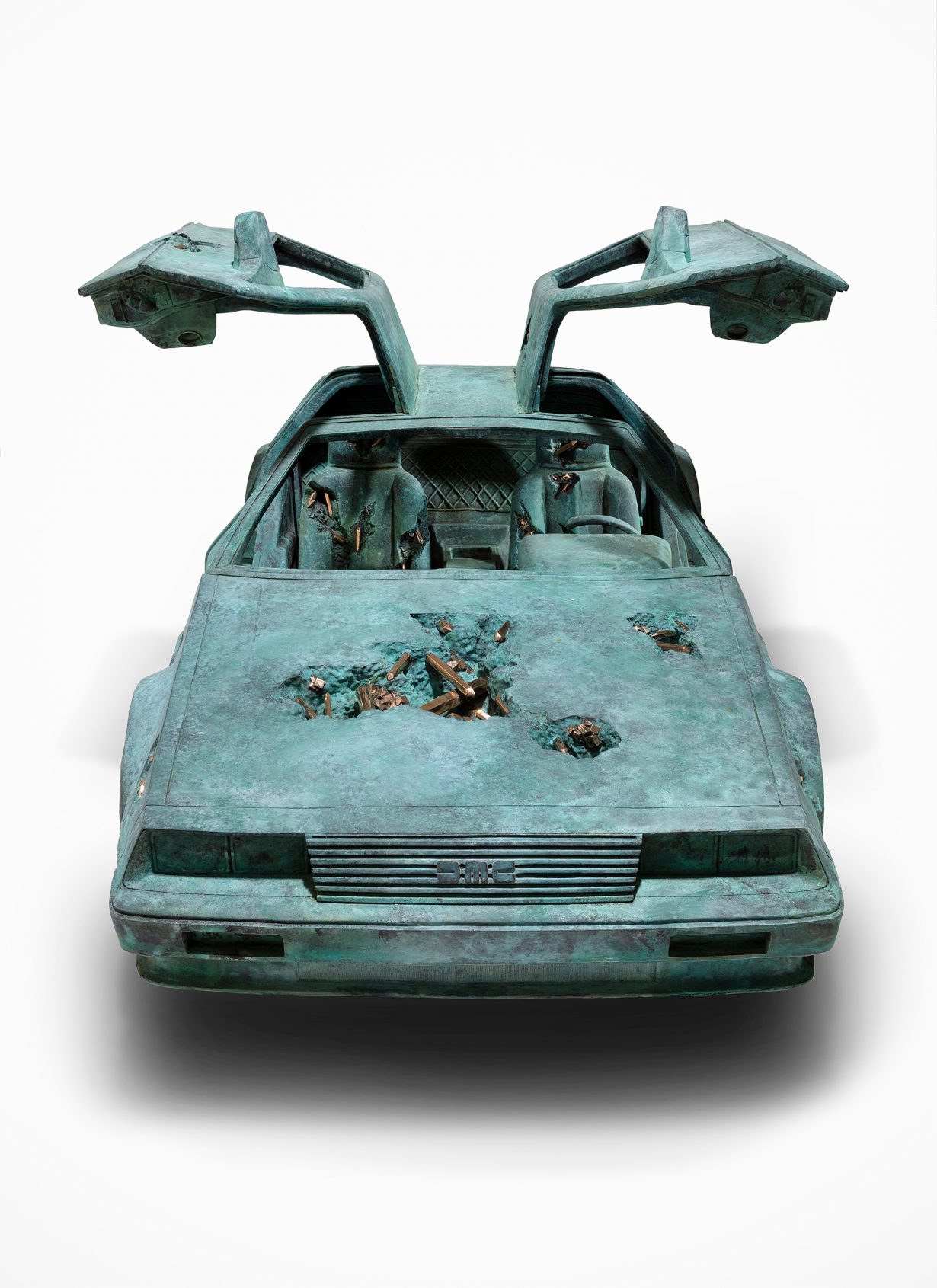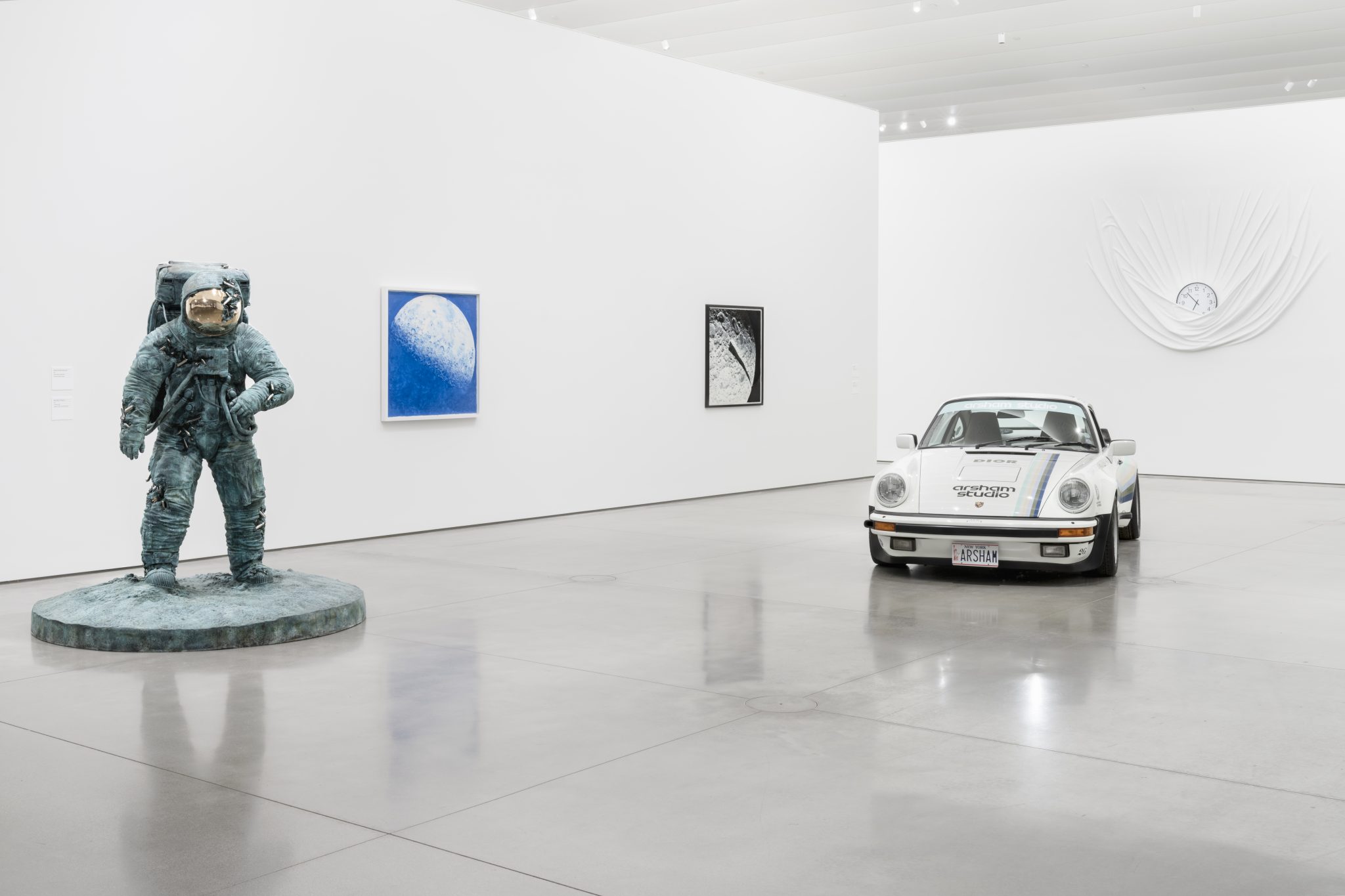Under Arsham’s hand at Orange County Museum of Art, Costa Mesa, contemporary objects become wistfully-imagined wreckage
“What’s going on here?” my boyfriend asked as we pulled into the Orange County Museum of Art’s enormous parking structure, which doubles as valet for the nearby Westin Hotel. “Are people getting married at Comerica Bank?” In fact, they were: the newlyweds kissed in front of the bank’s logo. It was not the last dystopian vision of American consumerism that we would see in Costa Mesa. Daniel Arsham’s first American museum retrospective is a multifloor exhibition that covers three decades of the artist’s controversial practice at the nexus of commodity culture and high art. Undergirding the show is Arsham’s ‘fictional archaeology’, a concept that reimagines recent cultural objects through a postapocalyptic lens. The Gen X artist’s fatalist perspective is a popular one: according to Arsham’s Instagram, more than 10,000 people attended his Valentine’s Day opening at OCMA. Arsham morphs contemporary fear of oncoming end times into a gem-encrusted portrait of societal ruin, aestheticising disaster for profit.
Arsham focuses especially on objects from the latter third of the twentieth century and artworks from Ancient Greece and Rome. In Steel Eroded Telephone (2013), gold plating fills the geodelike crevices of a blackened landline telephone; large pyrite obelisks emerge from a rusted fullsize replica of the DMC DeLorean from the 1985 film Back to the Future. Pokémon cards, a Polaroid camera, Sony Walkman headphones, payphones, Time magazines and an electronic keyboard are all subject to Arsham’s handcrafted, jewel-laden wreckage. Arsham situates Gen X nostalgia among Classical history: five fullsize sculptural replicas from Graeco-Roman antiquity fill one room, their white casts deteriorated to reveal cut quartz. Arsham’s artwork implies largescale catastrophe but creates a carefully crafted aftermath, one that preserves the Western canon – and the 1980s – for future viewing.

Arsham’s ‘fictional archaeology’ emphasises expensive commodities, centring on a narrative available to wealthy consumers. In Arsham Porsche 911 Turbo (930A) (2020), decals advertising American Express, Hypebeast, Perrotin gallery and Arsham Studio, among others, emblazon an actual 1986 Porsche 911 Turbo, which remainsuntouched by Arsham’s signature crystalline corrosion. An accompanying poster, Amethyst Eroded Porsche Poster (2021), announces the vehicle’s ability to carry the viewer through time: the half-demolished text of the poster describes the merging of ‘geologic materials and German engineering’ to assist our journey. In Arsham’s work, luxury goods have salvific potential, uniquely able to transport us from the crises of the present into an altered, corroded version of the near past.
Arsham’s brand collaborations depart from the 1980s, casting recent products in an apocalyptic light. Printed across one wall upstairs, a large flowchart labelled ‘Daniel Arsham Universe’ details the artist’s work with companies that range from Leica Camera to Ford. Arsham, joining a lineage of commercialist creators like Andy Warhol, Jeff Koons or Takashi Murakami, eagerly highlights the union of art and capital. His collaborations feature the identifying products of each brand, given Arsham’s signature twist: his $59,000 Bronze Eroded Tiffany Blue Padlock (2022) features an 18K bracelet inside a rusted, padlock-shaped vessel with gold nuggets poking out of it. Adidas sneakers, racing helmets, basketballs and Dior coats are similarly distressed; under Arsham’s hand, contemporary objects become wistfully imagined wreckage.

Susan Sontag, writing on the popularity of science-fiction films, remarked that the genre appealed because of its ability to both ‘beautify’ and ‘neutralize… world-wide anxieties’. In his conception of the future, Arsham effectively warps the fear of climate change or world war into a branded luxury experience; he turns products that define Western consumerism into time-honoured symbolic debris, thereby assuring their continued – or heightened – value. Here the worst has occurred, and the best has happened: crystals emerge from wreckage, and purchases take on second lives as museum-worthy monuments. Systemic collapse begets further value, even in the absence of the human. By the time we left the exhibition, the wedding party had vanished. Only the bank remained.
Wherever You Go, There You Are at Orange County Museum of Art, Costa Mesa, through 4 June
